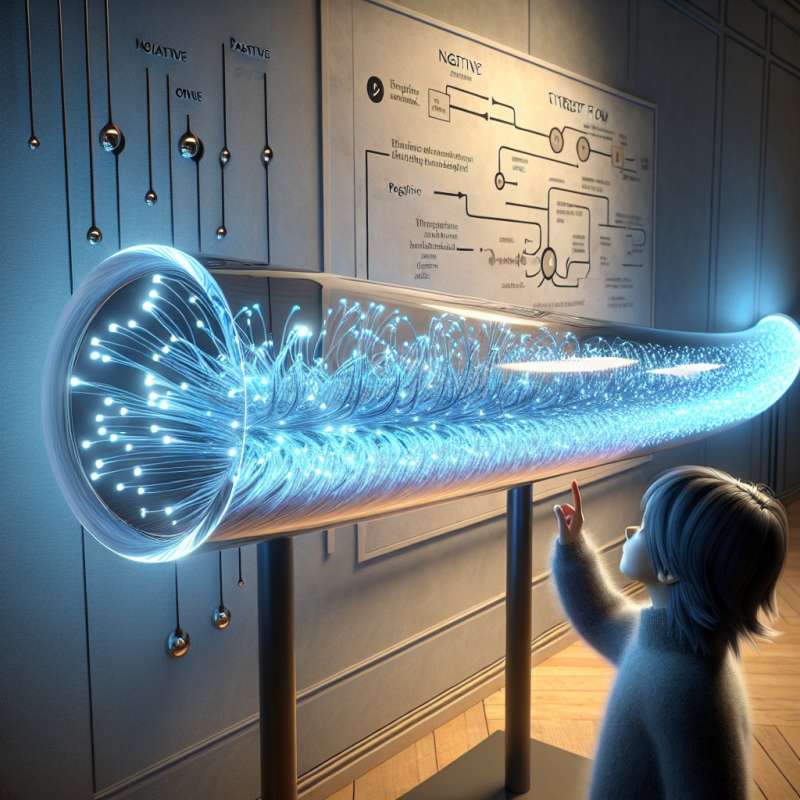
What is Electric Current?
Electric current is the flow of electric charge through a conductor. It is measured in amperes (A), with electrons moving from negative to positive points, analogous to water flowing through a pipe.
Electric Current Types
There are two main types of current: direct (DC) and alternating (AC). DC flows in one direction, while AC changes direction periodically. AC is used for power distribution due to its efficiency over long distances.
Current vs. Voltage
While current is the flow of charge, voltage is the electric potential difference between two points. It's like pressure causing water to flow; without voltage, there would be no current.
Ohm's Law Explained
Ohm's Law states that the current through a conductor between two points is directly proportional to the voltage across the two points. The law is usually expressed as I=V/R, with R being resistance.
Electrical Resistance
Resistance is a material's tendency to resist the flow of charge. It's determined by material, size, and temperature. For example, superconductors can conduct electricity without resistance at extremely low temperatures.
Power in Electric Currents
Electrical power is the rate at which energy is transferred by an electric circuit. The SI unit of power is the watt (W). It can be calculated by P=VI, where P is power, V is voltage, and I is current.
Current's Practical Applications
From powering household appliances to enabling telecommunications, electric current is crucial to modern life. Notably, the human nervous system also operates on electrical impulses, mirroring the principles of electric circuits.
What unit measures electric current?
Volt
Ohm
Ampere
Company